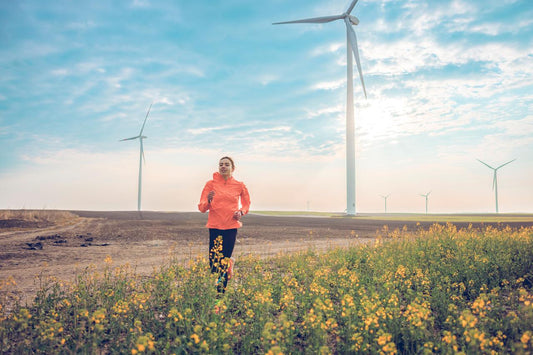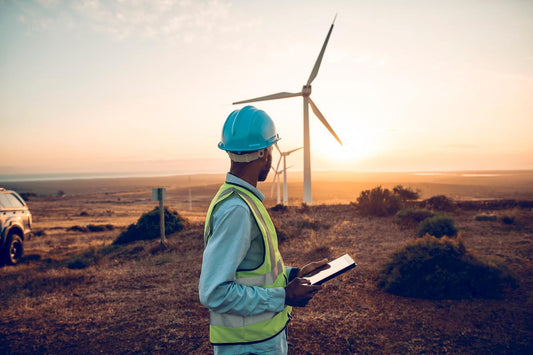Have you ever gazed at a wind turbine, its blades gracefully slicing through the air, and wondered how it transforms that seemingly gentle breeze into usable electricity? This isn't magic; it's the science of wind energy conversion! This article delves into the fascinating process behind wind turbine power generation, breaking it down into easy-to-understand steps.
Harnessing the Power of Wind:
Wind turbines operate on a fundamental principle: converting the kinetic energy (energy of motion) present in wind into mechanical energy (energy of rotation) and ultimately into electrical energy. Here's how it happens:
- The Blades Act Like Wings: Each turbine blade functions similarly to an airplane wing. As wind flows across the blades, a pressure differential is created. The higher pressure side (often the front) pushes the blade forward, while the lower pressure side (usually the back) creates a pulling force. This combined force causes the blades to rotate.
- Rotation Translates to Kinetic Energy: The spinning blades transfer their kinetic energy to a shaft connected to the rotor, the hub that holds the blades together. This shaft spins faster as wind speeds increase.
- The Magic of the Gearbox: The rotating shaft connects to a gearbox, a crucial component that increases the rotational speed significantly. Wind speeds are often relatively low, and the gearbox ensures the generator receives the high-speed rotation needed for electricity production.
- Generator: Where Electricity is Born: The high-speed shaft from the gearbox is connected to a generator, a device that converts mechanical energy into electrical energy. This conversion relies on the principle of electromagnetic induction. Inside the generator, magnets spin past coils of wire, inducing an electric current within those coils.
- Electricity Transformed and Transmitted: The electricity generated by the turbine is initially Alternating Current (AC) with varying voltage. To integrate it into the national grid, transformers step up the voltage for efficient transmission over long distances. Finally, substations convert the high voltage AC back to a lower voltage AC suitable for homes and businesses.
Factors Affecting Power Generation:
While the basic process remains the same, several factors influence the amount of electricity a wind turbine can generate:
- Wind Speed: Stronger winds naturally translate to more kinetic energy for blade rotation, leading to higher electricity production.
- Blade Size: Larger blades capture more wind, generating more power. However, they are also generally more expensive to build and maintain.
- Turbine Height: Taller towers allow turbines to capture stronger winds, increasing power output.
- Air Density: Thicker air (denser air at lower altitudes) allows for better energy transfer compared to thinner air at higher altitudes.
The Importance of Wind Energy Conversion:
Wind energy conversion plays a vital role in our transition towards a sustainable future. It's a clean and renewable source of energy, unlike fossil fuels that contribute to greenhouse gas emissions. Wind power helps reduce our dependence on non-renewable resources and combat climate change.
Conclusion:
Understanding wind turbine power generation empowers you to appreciate the intricate dance between wind, mechanics, and electricity. As wind technology continues to evolve, these giant windmills will continue to play a crucial role in powering our world with clean, sustainable energy.




